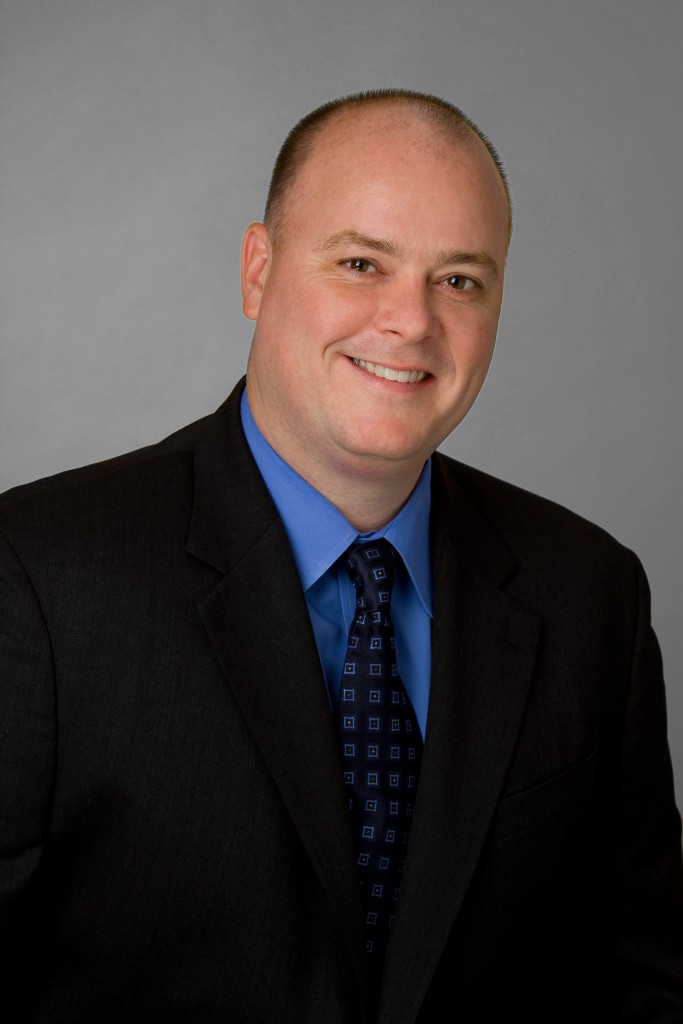By Joel Nelson on October 17, 2017 in News
Alex Stanton, Yardi industry principal for Commercial, joined other technol ogy experts in exploring the fast-paced evolution of technology, automation and innovation in a recent Realcomm-sponsored webinar.
ogy experts in exploring the fast-paced evolution of technology, automation and innovation in a recent Realcomm-sponsored webinar.
The six-member panel described the current real estate technology paradigm that considers tenants, guests, employees and shoppers as interrelated elements of a user experience. As a result, property owners and managers aim to deliver a high-value experience by using new property management software systems that can capture and apply data inclusive of all occupant touchpoints, from reservations to parking to the building environment.
Stanton elaborated on this theme, noting the convergence of historically separated property management technologies for property and facilities maintenance, energy management, procurement and self-service experiences. Amid rising expectations of among space and asset users, he said, “facility, property and business management systems are coming together,” allowing inventory management, preventative maintenance and exceptions management from a core suite. Additional technology innovations include “interfaces that enable experiences, such as service requests, photo-enabled technology for notifications, concierge services and payments, with immediate download of supporting photographs,” he said, adding, “Yardi sees tremendous opportunity in artificial intelligence, the internet of things and visualization.”
Addressing another part of creating an optimal building experience, Stanton referenced Yardi’s creation of an energy suite that encompasses everything from energy optimization, sourcing, utility expense management and compliance.
Other speakers addressed other drivers of real estate technology innovation. Rick Gehringer from real estate developer Caruso related how a common technology platform can provide “a true experience management system” for guests by capturing all touchpoints and every user engagement across a property. Examples of how technology can make the guest experience enjoyable, efficient and high-quality include a common reservation system, a rewards system that captures receipt images and an automated parking system.
John Gilbert of commercial and residential property Rudin Management Company also stressed the importance of a cloud-based, mobile-enabled technology that integrates all of a building’s systems on a single platform. “You have to build a foundation first, just like with the building itself. The penthouse isn’t built unless there’s concrete in the ground and steel and glass leading to it,” he said, describing how Rudin’s automated building management systems help owners, managers and tenants “really understand the rhythm of the building” and provide actionable data that save money and maintain tenant comfort.
Noting that CRE tech innovation is “changing the most fundamental truth about commercial buildings: that value is based solely on location, location, location,” with building owners using smart building technology to compete better and meet user expectations. “Building management and operational technology is evolving at a pace we’re battling to keep up with,” with Marc Petock of internet of things technology provider Lynxspring.
Brad Zrimsek of software company MRI and Brandon Weber of leasing and asset management platform provider VTS addressed the importance of seamless movement of data between systems. Weber acknowledged that Yardi and MRI are interface partners working to strengthen connections that can drive revenue for clients by reducing deal cycle times, cutting turnaround times on approvals, improving financial analysis and lowering risk with increased visibility.


